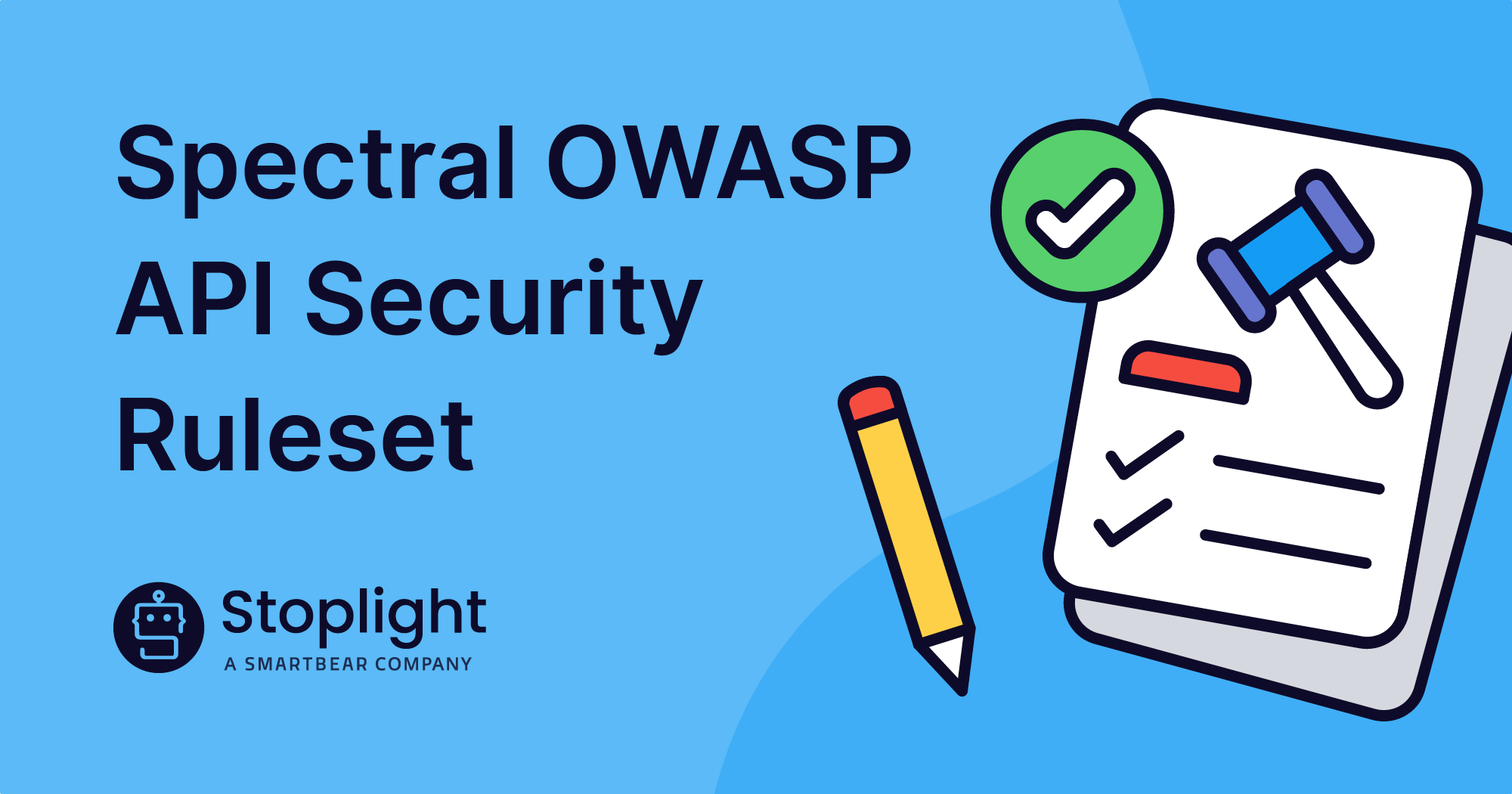This week on the API Intersection podcast, we had the pleasure of chatting with Claire Barrett, Director of APIsFirst and a founding member of The API Collective. She is also a leader of the Global Women in APIs Initiative via APIDays. If you’re curious, we have a joint collaboration with them spotlighting some of the many amazing women in the API industry.
Claire focuses on supporting large, mature organizations and helping them accelerate their API maturity in line with their business and technology strategies.
“We repeatedly see that even though people are sometimes coming with what sounds like a bit more of a technical problem, increasingly it’s actually a people problem,” shares Claire. “The questions people need help with is ‘How do I get more people to understand what’s going on and realize the potential? How can I influence and educate more of the people we’re working with, sometimes even our customers and our partners, on what we’re trying to achieve?’ We help them figure out where to get started.”
As a consultant for many large organizations looking to enact API-enabled change, Claire has seen it all. She lies at the busy intersection of transformation, scaled agile delivery, systems, and platform overhaul. When it comes to who and what to look out for when implementing a solid API strategy for truly transformational change, here’s her advice.
Tap Into the Three Groups in Your API Community for Transformational Change
Claire expresses that when embarking on transformational change via an API strategy, she’ll often encounter three groups of people. All three have different API opportunities for realizing their goals, depending on their organization’s API maturity.
The Sponsors/Elders
“You can think of the sponsors as the people who’ve got the kind of commercial responsibility for customers, products, and partner relationships in today’s world. They deeply understand customer needs and priorities,” shares Claire.
These are the types of people who understand the way business works. They are invariably trying to either drive for change to happen quickly or for their involvement with APIs to pick up rapidly. Whether they are receiving that pressure from customers or competitors, there is a sense of urgency to get more integrations going and quickly scale their API strategy.
“I think of the sponsor community as ‘the elders.’ They may have been at the organization a long time and that new ideas potentially hamper them; they are often seen as traditional ways of thinking,” shares Claire.
The sponsor group deeply understands the organization’s history, the customers of today, and the business environment that their customers are working in. But, they are custodians of the organization’s broader strategy and represent the organization’s sales, marketing, and commercial face. You need their buy-in to enact change, and they can’t be forgotten!
This type of group may actually be thinking further ahead and driving the embedded business models out of the opportunities that APIs can deliver. When building out an education process around your API strategy, organizational sponsors sometimes need more help to understand that APIs aren’t just another way of integrating. They should be treated as products and require great care to get them right.
The Technologists/Navigators
“The second group involved in your API strategy should obviously be the technologists: the ones with the technical responsibilities, the know-how to support the landscape. I think of them as the navigators because they’ve got the roadmaps and the knowledge of the underlying system data models and what it takes to modernize,” shares Claire.
The Technologists understand that APIs are fundamental to speeding up and simplifying the tech environment. They tend to be more focused on things like the API platform management systems and how the technology actually works.
The struggle for this group comes down to language. Often, technologists will understand the kind of modularization of their platform and how to make things more maintainable, and they might have an idea of how the business could transform. Still, they may lack the communication tools or forums to explain it to the rest of the stakeholders that hold the purse strings. Listen to your technologists and give them a space to speak up regarding API-enabled change because they often have the answers to what’s actually attainable.
The Transformers/Explorers
“These are the people in the organization trying out new things. They’re colonizing new territories and wanting to move fast. They might have names like digital, innovation, or strategic partnerships,” shares Claire.
The Transformers are looking for new places to market products, and Claire equates this group to ‘explorers.’ These folks are traveling light, testing everything, and exploring new territories for partnership and innovation opportunities. The Transformers are out there trying new stuff, and they’re bringing that back in to be brought to life and brought to scale safely by the rest of the team. Often, Transformers have the challenge to understand that APIs can be an integral part of their organization and offerings.
For some Transformers, APIs can be about improving experiences for existing customers. They might be digitizing customer journeys or those band explorers might be going out to marketplaces in new territories. These types care about what’s the value of the customer client data and the complex transaction processing that you can get in exchange for access to new distribution channels.
The Greatest Resistance to Change
“It depends on where these groups’ biggest kind of resistance to change comes up. There are typically other things in their environment that are hindering rather than helping organizations to make this broader change towards a componentized, simpler technology landscape or a more innovative culture,” shares Claire.
Often the root cause that presents as a barrier to API transformational change is that the commercial model for setting up long-running teams is still, for many organizations, quite project-based and short-term focused. This means a somewhat myopic focus on shorter timelines such as the next quarter or goals for the next year instead of the long-running theme and long-term direction of actual change.
“For many organizations, it’s super risky to make massive shifts suddenly, so it’s got to be a series of calculated steps. But those three groups have to be in line with how to make those steps in order to see a successful transformation in their API strategy,” shares Claire.
Aligning all key stakeholders is critical to making those long-term, evolutionary steps. Ensuring clear ownership in the API space is also essential. There needs to be a certain amount of pressure on people to understand who owns the API standards or API enablement. Who’s on tap for execution versus who’s in charge of design? It’s a delicate balance between proper governance and empowerment of your API team to move forward with transformational change.
The North Star Metric: How to Track Change
“In my experience, I’ve found that people would put about half their effort into tracking their performance against the big, long-running metrics that don’t change in the organization, and half their effort into actually evolving their metrics process,” shares Claire.
Claire explains that the problem is that teams would be working on showing progress against metrics that can quickly become redundant or get replaced and evolved through the transformational change process itself.
Essentially, that means there is no “North Star” metric(s) for tracking organizational change throughout an API-enabled transformation. You can count the number of APIs you have in creation today. Or, maybe you’re looking at how many APIs align with your team’s design standards or get published on a portal. You could also track your APIs’ reusability or their efficiency.
Still, the point is that what you’re monitoring throughout the process may evolve over time and that there is no one clear metric to give you the clarity needed on if your transformation is working.
Measuring the performance of your transformation is equally moving toward that bucket of transformational metrics while still guarding the original metrics to see the change. It’s a balancing act and metrics may need to evolve to gain complete buy-in from all relevant stakeholders.
Transformation isn’t Easy
In the end, transforming your organization through APIs isn’t easy and will require time and effort to gain stakeholder buy-in, combat challenges, and understand how to track that change. But, with the help of experts like Claire Barrett, that transformation process can be made easier! Check out the APIsFirst website to learn more.
My best advice is that if you want to get started on building out an API program, start by listening to the API Intersection podcast to get the latest tips, advice, and real insights from all the people and leaders who have done it before you.


